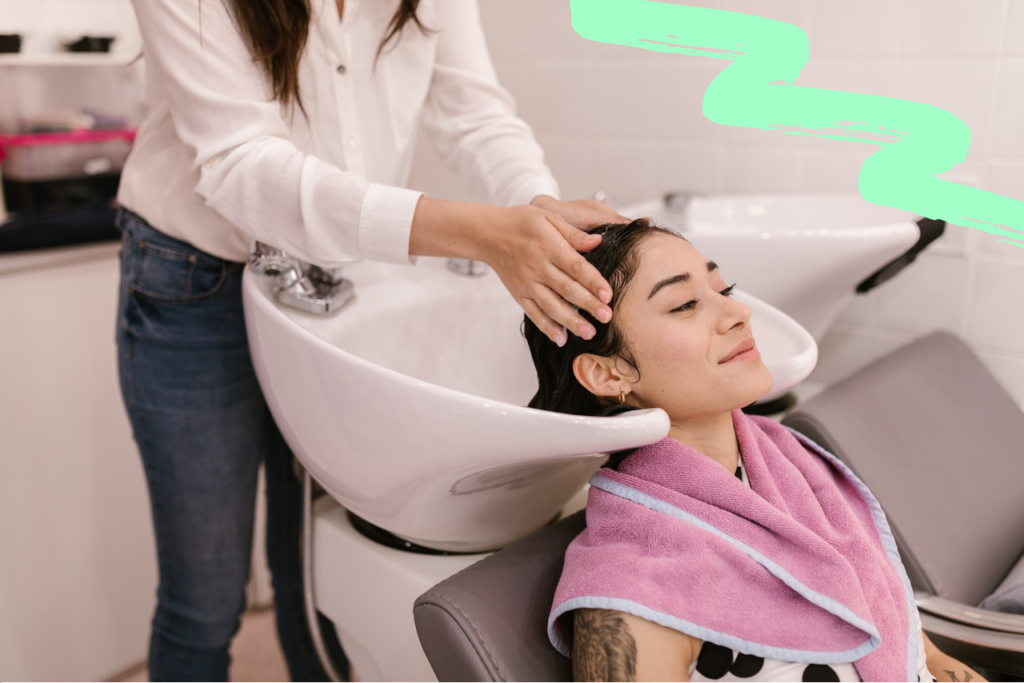As a professional hairdresser or salon owner, you already know just how important it is to master the art of blending weft hair extensions with the client’s natural hair. Doing so helps the final result looks as full, healthy and natural as possible… And there’s not much more important than that in your business, hey?
Today, we’ve teamed up with the experts at HairMadeEasi to go through the most important steps required to ensure best practice at your salon. With that in mind, here’s a professional’s guide to the art of blending weft hair extensions.
Ensure The Hair Extensions You’re Working With Are Thick
Working with properly thick weft hair extensions is ideal to achieve that flawlessly natural look. Generally speaking, the more hair the extensions have, the better the blending process will be, helping you achieve the most attractive end result for your client, and them to leave your salon satisfied with both your service and their new look.
Regardless of your customer’s natural hair type – thin or thick – their hair size is what you need to take into consideration. Natural short hair will need more hair in the extensions for complete coverage.

Always Style The Client’s Hair Extensions
When it comes to curling hair extensions, the process is not any different from curling natural hair. The majority of professional hairdressers choose to use curling irons for a wavy look.
Are you one of them? If not, all you need to do to get started is use a wand with a one inch diameter barrel. Remember to always apply heat protectants to the clients’ hair, and do check out this guide on the best shampoos for tape-in hair extensions, too.
Make Sure You Layer The Hair Extensions Really Well
Since you’re a hair expert with years of experience, you’re aware that layering the hair extensions efficiently is key. You can’t get away with doing it wrong or not well enough. Otherwise, your client won’t return to your salon.
Distribute the clip-ins equally, tease your client’s hair around the parting, and add clip-ins to the top. This will help hide the customer’s natural hair really well. Disperse the clip-ins uniformly, add clip-ins near the top, and tease toward the hair parting.
And if you don’t boast years of experience but still want to achieve that salon-worthy hair at home, then click here for a guide on doing just that.

Make The Hair As Smooth As Possible
Smoothing out your customer’s hair before starting the blending process is crucial, and not doing this for the client will risk their hair getting severely damaged. All is not lost; you can use a hair serum to mix those resistant strands into the lengthy locks that will make them smooth.
Never apply products close to your customer’s roots, as that will ruin their look by making their hair look oily, which is never something a client is actively seeking!
Is smoothing your clients’ hair before blending something you spend enough time on? You don’t want to risk not using enough product and doing damage to the customer’s hair – that would rather defeat the point of them seeking haircare from a professional, after all.
Read: How to transform a hair and beauty business into something truly profitable
Additional Tips
Here are some further tricks to help you offer your clients the best experience possible, as well as the most beautiful end result.
- Wash the hair extensions thoroughly before applying them.
- Grab your customer’s lowest hair area and make a braid.
- Clip the wefts higher on the client’s head.
Are you already doing all this in order to help your clients have the best experience at your salon? There’s always room for growth and improvement, especially in your industry.
And if you’re approaching this from the perspective of domestic hair-care, then check out these 5 tips to protect your balayage in dark hair. Every day’s a school day!





